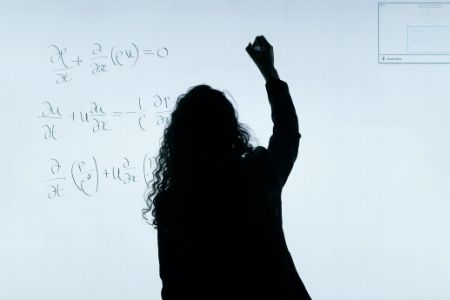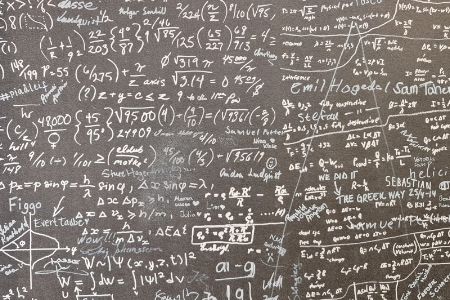Rewired 🧠 Brain
Professor of engineering Barbara Oakley has a course called Learning How to Learn but began academic life as maths-phobic. She didn't start remedial maths until 26 years old. Her mature-age brain changes are examples of the neuroplasticity that underlies adult learning and the neuroscience and cognitive psychology related to learning.

She succeeded in learning maths and engineering as an adult by rewiring her brain and was successful by following the similar learning patterns she used to learn Russian as a second language.
Japan's maths learning — understanding — is based around the Kumon teaching method that emphasises rote memorisation and repetition — practice practice practice — alongside more repetition and more rote learning. This is what gives students fluency — not just a superficial understanding.
If you have a functional brain, that level of understanding lets you get away with some essentials/basics of a complex subject but this can lead to ‘illusions of competence’ and not practicing what you've supposedly ‘understood.’ The reality is that this is not dissimilar to the learning of essential sporting motor skills fine-tuned over very long periods of time.
Your body knows what to do from a single thought — one chunk — instead of having to recall all the complex steps involved in hitting a ball … You have to know times-tables fluently from memory. Continually focusing on understanding gets in the way. Dr Barbara Oakley.

Dr Oakley's remedial journey — rewiring/reprogramming her brain — began with algebra and trigonometry. She looked to her language skill learning for fluency strategies based on repeated and varied interaction with a subject — constant conjugations with multiple tenses — developing expertise level chunking.
The idea of chunking began by looking at the varying neural counterparts of chess patterns. Chess masters are experts because they have stored thousands of chunks of knowledge about their area of expertise in long-term memory — recalling thousands of different patterns instantly.
For any discipline, experts call to consciousness well-knit-together, chunked neural subroutines to analyse and react to new learning situations. This level of true understanding, and the ability to use that understanding in new situations is only possible with the rigour and familiarity of repetition, memorisation, and practice.
In times of critical stress, conscious analysis of a situation is replaced by quick, subconscious processing as experts rapidly draw on a deeply ingrained repertoire of neural subroutines—chunks. Dr Barbara Oakley.

While learning, Dr Oakley would look at an equation like Newton’s second law f = ma and practice what each letter meant using the feeling each evoked … f for force — a push, m for mass — a weighty resistance to the push, and a is the feeling of acceleration.
The equivalent with a language is learning to physically sound out the letters. Memorise equations/words so you can use them walking around and play with them anytime/anywhere like conjugating a verb. In order to learn maths etc. well, slowly, day by day, build solid neural chunked subroutines like equations to call to mind from long term memory.
Understanding doesn’t build fluency; instead, fluency builds understanding … understanding of a complex subject comes only from fluency. Dr Barbara Oakley.
This post is a reminder of earlier ones on the topic of Learning. 👍
- ↜ Previous: Moral Precepts are for 🧘 Poseurs
- ↝ Next: Royal 🤴 Frog 🐸 Kissing 😘